FAQ
How often will I have to come?
A typical treatment plan is 12 sessions in length (give or take, as everyone is different). Here’s how it typically breaks down:
Appointments Bi-Weekly
Each session will focus on exercises tailored to your TMJD symptoms. These are crucial for addressing the root causes of pain and dysfunction, like muscle imbalances, poor posture, or jaw misalignment. During these 30–45 minute sessions, we:
- Review your progress with current exercises.
- Refine and tweak techniques to ensure proper form and effectiveness.
- Introduce new exercises when you’re ready to progress.
This consistent check-in helps keep your treatment on track without overwhelming your schedule.
Massage Therapy: Weekly, or monthly (if included)
If hands-on treatment is part of your plan, weekly sessions may be recommended—especially in the early stages, or monthly for maintenance.
These appointments help:
- Reduce muscle tension in key areas like the jaw, floor of the mouth, neck, and shoulders.
- Alleviate acute pain or stiffness.
- Improve overall mobility and circulation to the jaw area.
We recommend you schedule all your appointments in advance so there are no gaps in treatment to ensure the ongoing benefits of the treatment.
What can I do to alleviate symptoms on my own until I can get a treatment?
- Avoid hard and crunchy foods and opt for softer foods that don’t require a lot of chewing
- Do not chew gum, bite nails, or rest your hand on your chin
- Avoid opening your mouth wider than one or two inches
- Chew with both sides of your mouth if possible
- If pain is acute, apply a cold compress up to four times a day for five to ten minutes
- Avoid sleeping on your stomach
- Ask your doctor or pharmacist about anti-inflammatory and pain-reducing medication
Do I have to keep my mouth open for the massage treatment?
No!
I understand your fear since this is often a triggering event for a flare-up in TMJD symptoms. However, unlike some dental or medical procedures that require you to maintain an open mouth position, this is not the case with the intra-oral massage. You will need to initially open your mouth to allow access for me to treat you, but once I am inside, you can close your mouth and maintain a comfortable and relaxed position.
Are appointments covered by OHIP?
No, unfortunately appointments are not covered by OHIP. However if you have an extended health care plan, we issue receipts that can be submitted for reimbursement based on your plans coverage.
What is myofunctional therapy?
Myofunctional therapy is a type of treatment that focuses on retraining the muscles of the face, tongue, and jaw. It helps improve breathing, swallowing, and muscle function—all of which play a role in TMJD. Think of it as physical therapy for your face and jaw!
Will I need to do exercises at home?
Yes! Myofunctional therapy is not a passive therapy. To ensure results you will need to be able to commit to doing simple daily exercises. It doesn’t take a lot of time, just 5min, 2x/day.Treating TMJD is like hitting the gym to build strength and fitness.
You wouldn’t expect to hit the gym once, crush a killer workout, and walk out ripped, right? Progress happens when you show up consistently, follow a plan, and gradually challenge yourself. Skipping sessions or doing exercises incorrectly just slows your progress (or makes things worse).
Do you offer direct billing?
No, the clinic is not set up for direct billing.
Can I just book session by session rather than commit to a plan of care?
When it comes to addressing something as complex as TMJD going session by session is a bit like playing whack-a-mole. You get temporary relief after one session, but without consistency, symptoms creep back in and lasting results aren’t achieved. With prepaid plans of care, each session builds on the last to provide lasting relief. It also requires patients to commit to a plan to address the root cause rather than treating the symptom of the week.
Do you accept Health Claims for Auto Insurance (HCAI)
We do not handle HCAI or process OCF-18 forms. If your treatment is the result of a motor vehicle accident (MVA), payment in full will be required at the time of your appointment.
What age groups do you treat at the clinic?
At The TMJ Clinic, we primarily work with adults to address TMJ disorders and other related conditions. Unfortunately, we do not offer treatment for children at this time. If you are looking for treatment for your child we would be happy to refer you to one of our trusted colleagues that work with the age group.



